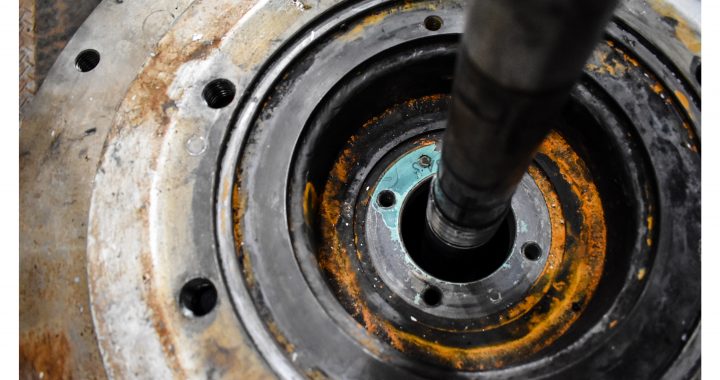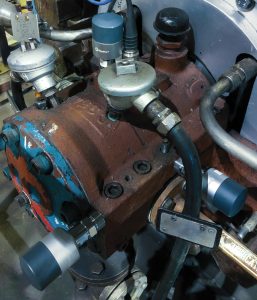A recently constructed fertilizer plant was experiencing significant vibration problems on their brand new UAN Solution pumps. This vibration forced the plant to take the equipment out of service.
The site was unable to diagnose the root cause of this problem on their own and the unreliability and resulting unavailability of this critical equipment was causing significant stress on the new plant. They heard through another fertilizer plant that a global aftermarket pump service provider had been able to diagnose and remediate their pump problems with great success. The site reached out to this aftermarket pump service provider to help identify the issue and provide solutions.
The pump was shipped to the aftermarket pump service provider’s Chicago repair shop to perform a thorough disassembly, cleaning, and inspection (DCI). The service provider’s engineering team reviewed the original pump design and historical vibration information provided by the plant. Between this review and the DCI results, sufficient evidence was gathered to perform a root cause analysis (RCA) that explained the aberrant behavior of the problem pumps. The pumps were then re-engineered to eliminate the diagnosed problem and provide the plant with reliable operation. Continue reading




 During the commissioning and startup of an alumina processing plant in the Middle East, a significant recurring pump issue was causing delays to the commissioning of the facility. When de-energizing the equipment, the live steam condensate vertical can pumps experienced repeated failures of all installed units. These seizures occurred at both the design fluid temperature and when pumping cold water.
During the commissioning and startup of an alumina processing plant in the Middle East, a significant recurring pump issue was causing delays to the commissioning of the facility. When de-energizing the equipment, the live steam condensate vertical can pumps experienced repeated failures of all installed units. These seizures occurred at both the design fluid temperature and when pumping cold water.

